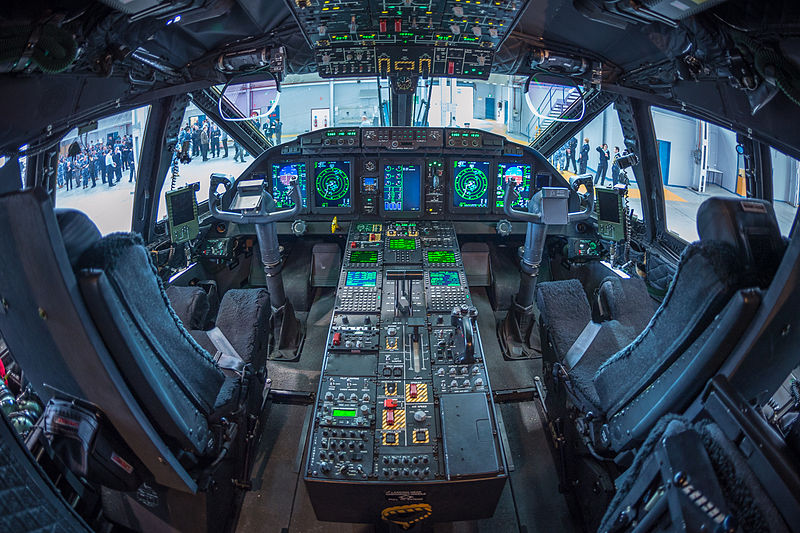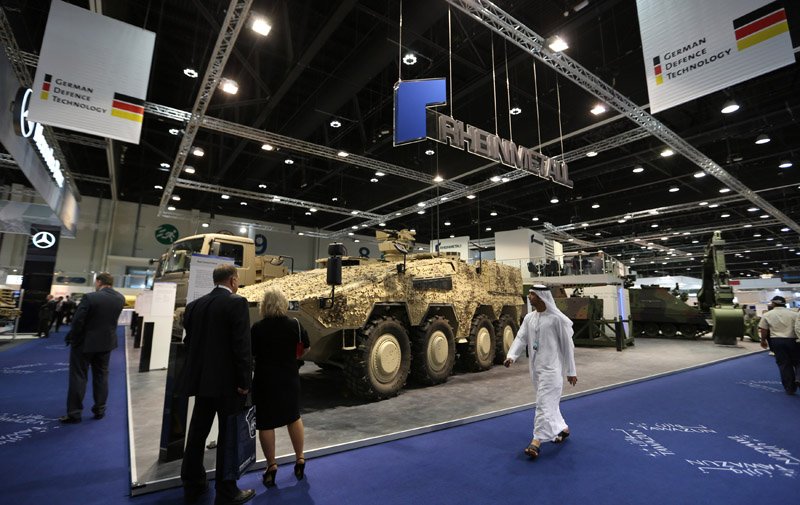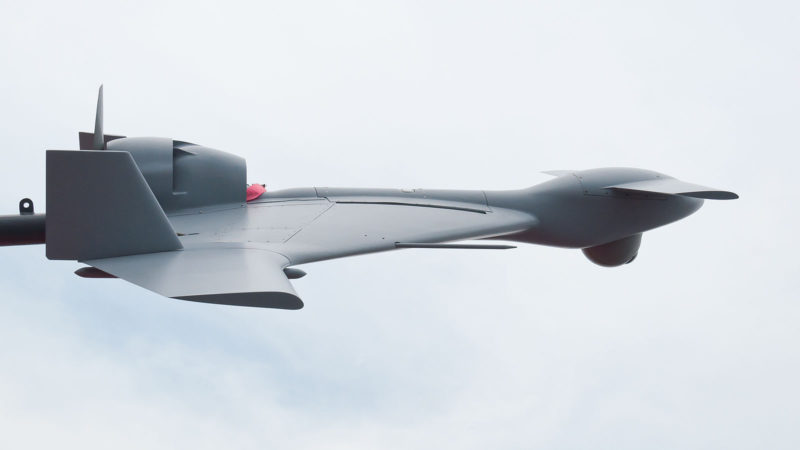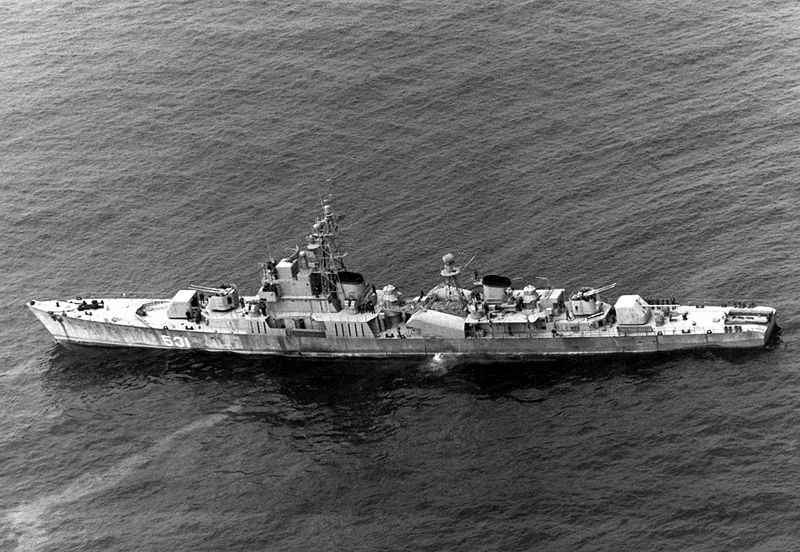Part I of this series was published on Friday, July 22.
After neglecting the program for fourteen years, Canada will finally complete its Fixed Wing Search and Rescue Air (FWSAR) project by the end of 2017. The program aims to replace the aging CC-115 Buffalo air fleet, an aircraft model that was purchased by Canada in the 1960s before being decommissioned shortly after. Due to lack of upgrades, the CC-115 fleet has suffered from a number of technological setbacks that affect the maintenance and continued procurement of the aircraft, resulting in many challenges to Canada’s search and rescue missions.
The Canadian government put out a call to aerospace manufacturers for bid proposals back in January 2016. Originally, the FWSAR initiative anticipated commissioning seventeen aircraft, however this provision was later changed. Instead, the bidding war is putting the onus on the companies to decide the necessary number of aircraft they believe is required to perform efficient search and rescue missions.
Out of the many rivals that submitted bids, experts point to three current frontrunners: the C-27 Spartan, the C-295, and the KC-390 as likely winning contenders.
The C-27 Spartan, a military transport aircraft manufactured by Italian company Leonardo-Finmeccanica (formerly Alenia Aermacchi), is equipped with similar systems that are used by Lockheed Martin’s C-130J Super Hercules. The C-27J became known when it was chosen aircraft by the United States military as its Joint Cargo Aircraft (JCA) in 2007. The aircraft was produced in conjunction with L-3 Communications and has been used extensively by the militaries of Australia, Italy, and Belgium, among others. Specifically, this aircraft’s strength lies in conducting surveillance and ground-attack search and rescue missions.
The C-295 is a twin, turboprop tactical military transport aircraft currently produced by the Spanish company Airbus Defense and Space. Loosely modeled on Indonesian transport aircraft CASA/IPTN CN-235, the C-295 can carry up to 50% more payload in erratic climates and is equipped with an airborne early warning and control variant. The plane is able to perform take-offs and landings from short, unpaved airstrips, making it an ideal candidate for search and rescue assignments. The C-295 is used by the armed forces of fifteen countries across the world.
Finally, the K-390 is a medium-size, twin-engine-jet-powered military transport aircraft manufactured by the Brazilian aeronautical firm, Embraer. This aircraft is expected to perform faster refuelling and transport heavier amounts of cargo on board. This project is Embraer’s biggest undertaking and though the company successfully launched a test prototype of the model, the projected completion date is expected to be in 2018.
In addition to the production of aircraft, several aerospace companies are looking to develop training centres if they win the bid. For instance, both Leonardo-Finmeccanica and Airbus Defense and Space have indicated that they will build training centres in Comox, British Columbia. Steve Lucas, an advisor to Leonardo-Finmeccanica, explained that “the training centre to be built will be a three-storey facility with around 72,000 square feet of space and will house training classrooms, flight simulators, mission simulators, maintenance simulators and a training hangar to house a full-scale C-27J maintenance training aircraft platform.”
Fourteen years later, Canada hopes to finish what it started in order to bring an end to its own pain and recalibrate search and rescue strategy. Several bids were proposed in January 2016 and the winner will be announced early 2017, with the new aircraft deliveries finalized by 2023.
Photo: View from the cockpit of a C-27J Spartan recently purchased by the Royal Australian Air Force (2015), by Hpeterswald via Wikimedia Commons. Licensed under CC BY-SA 4.0.
Disclaimer: Any views or opinions expressed in articles are solely those of the authors and do not necessarily represent the views of the NATO Association of Canada.




